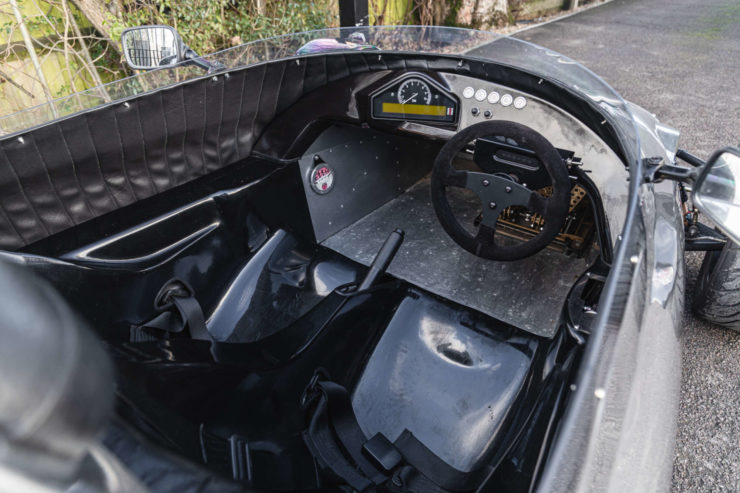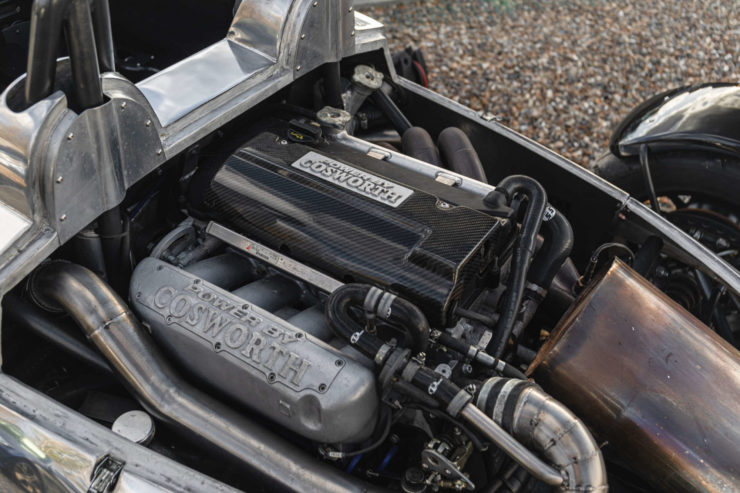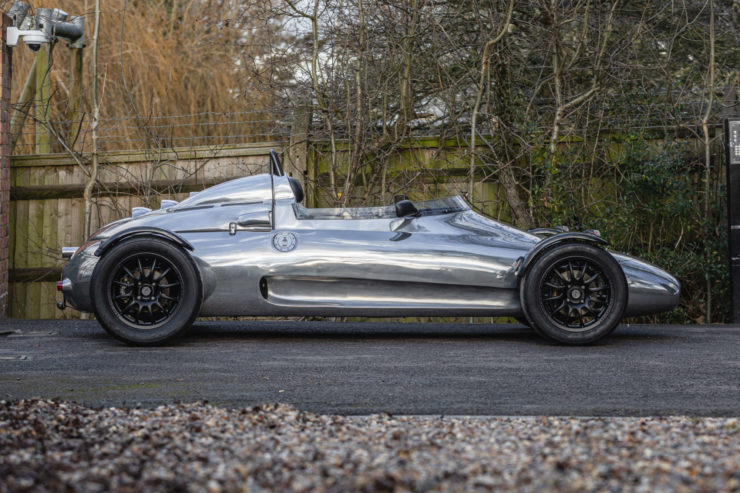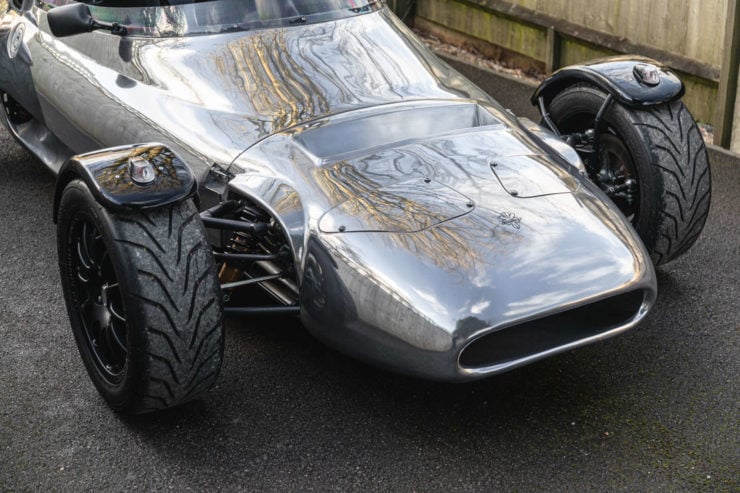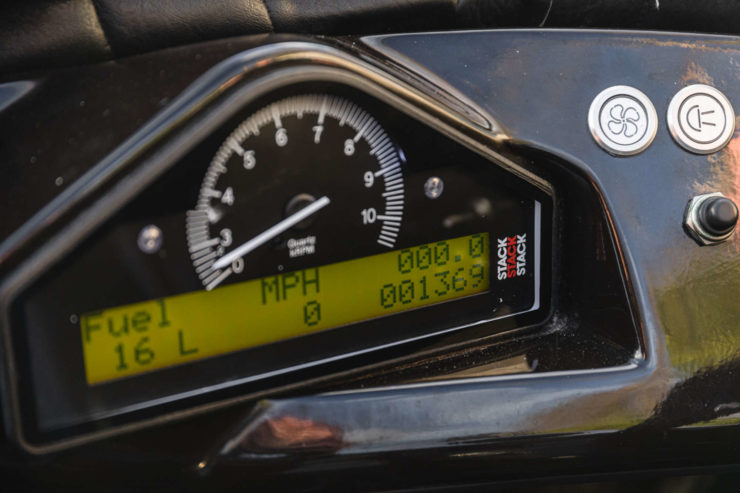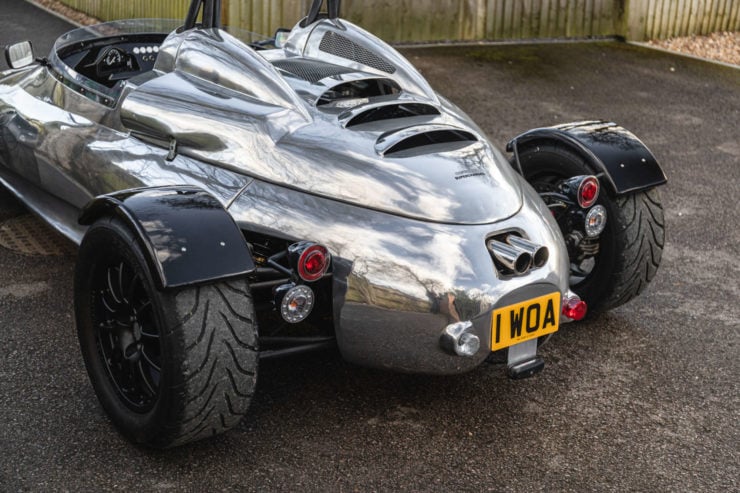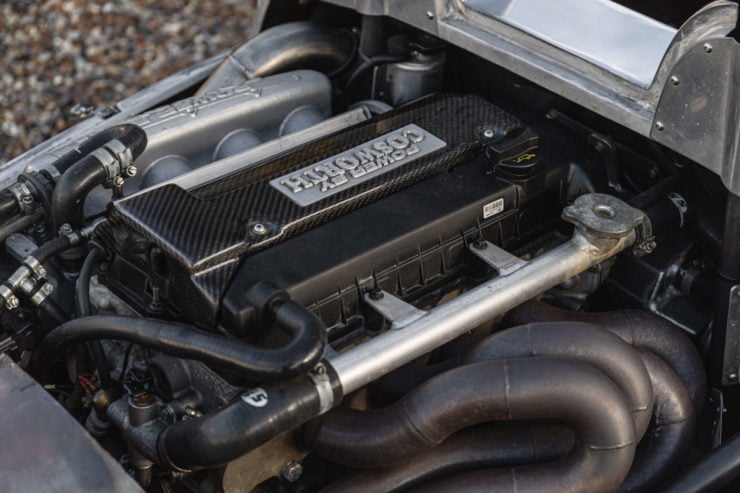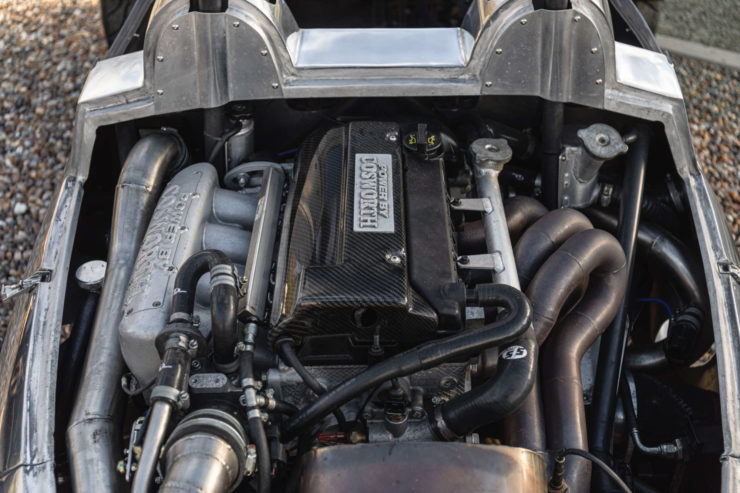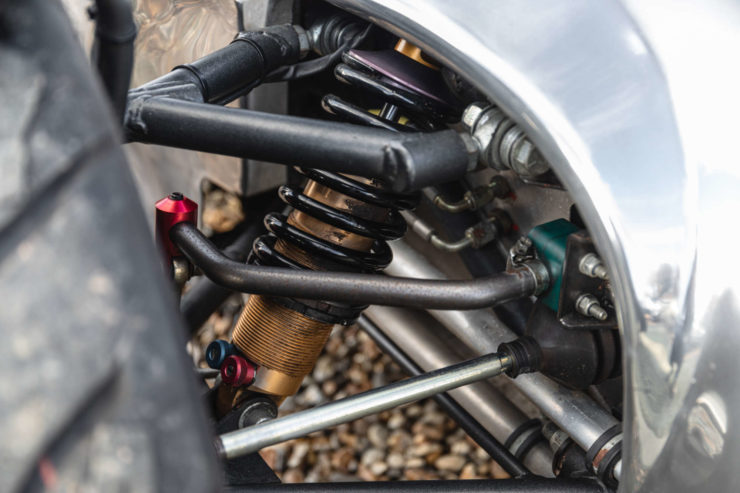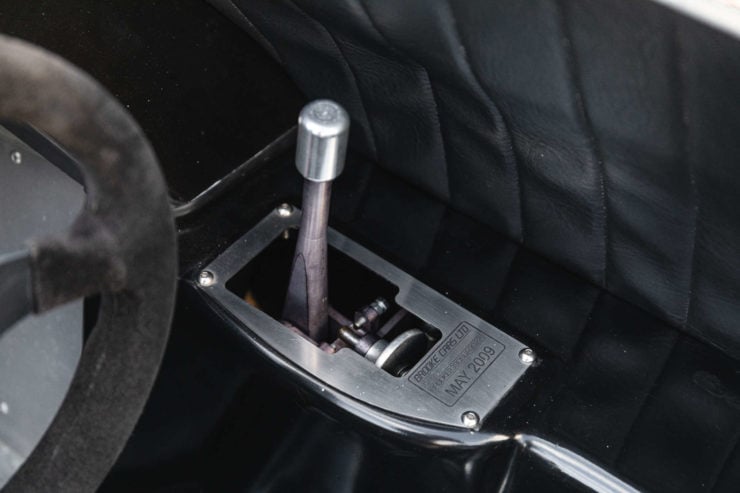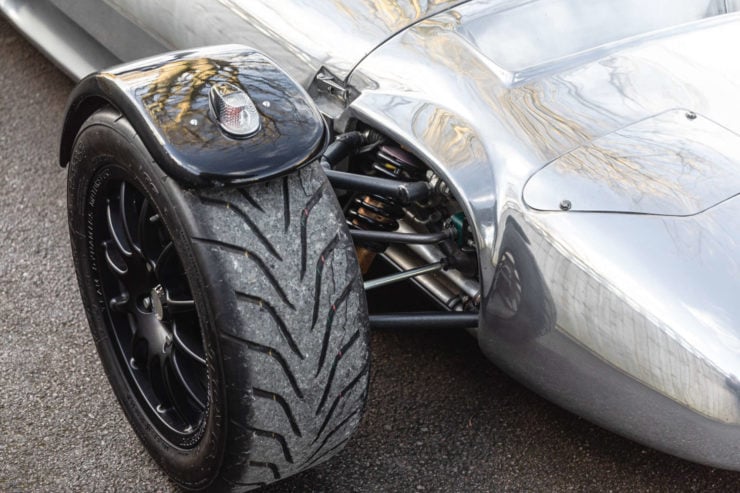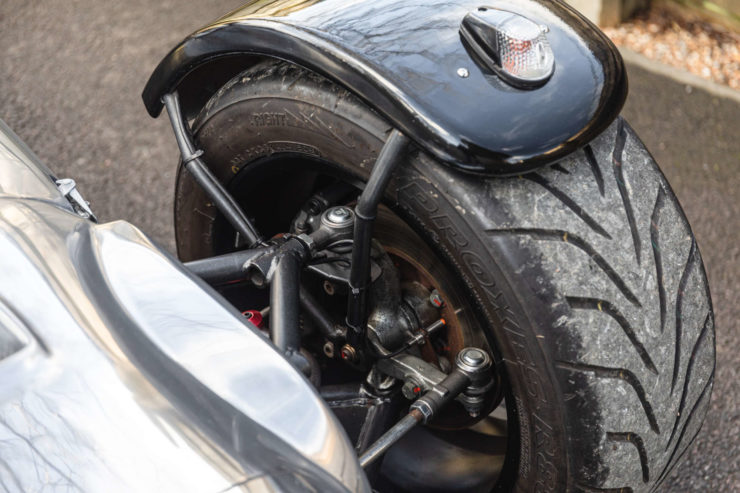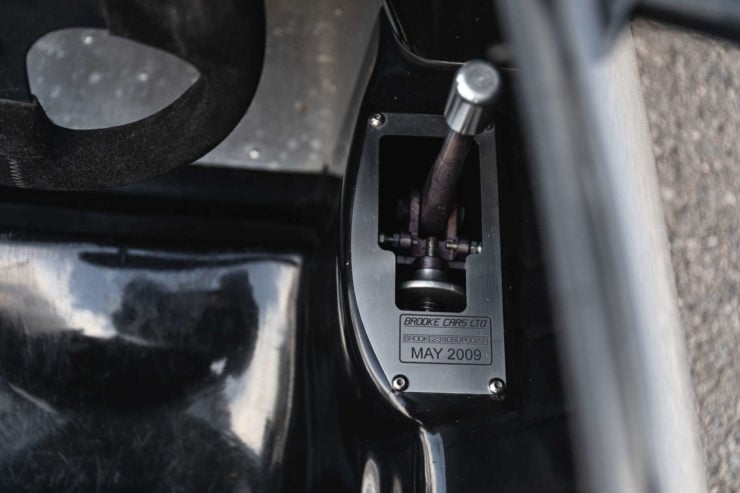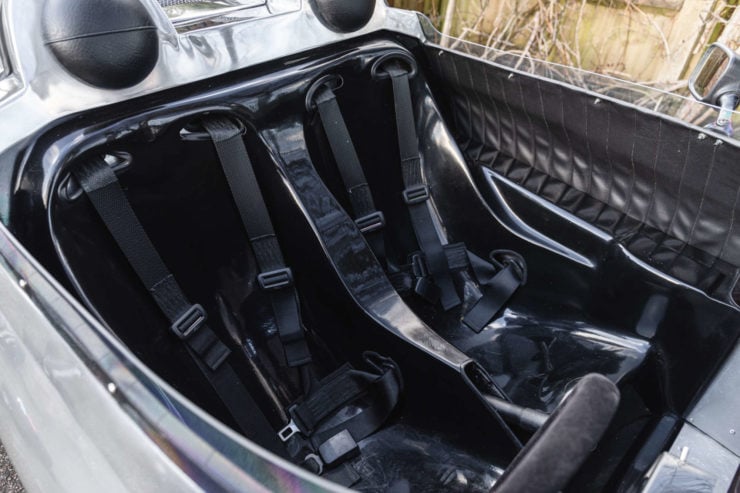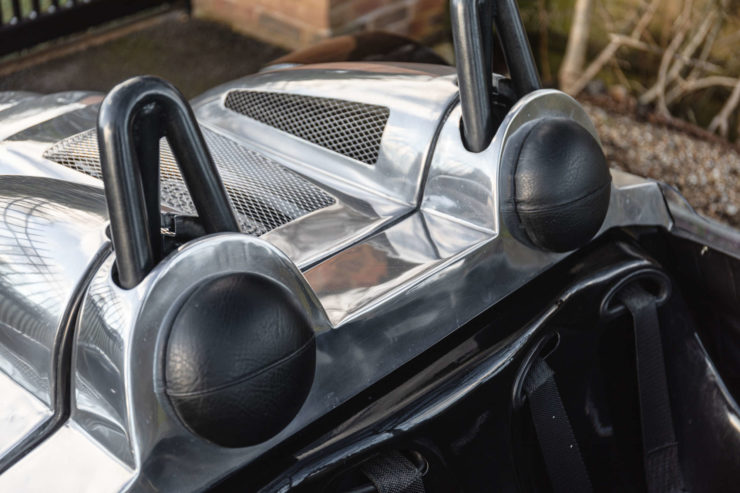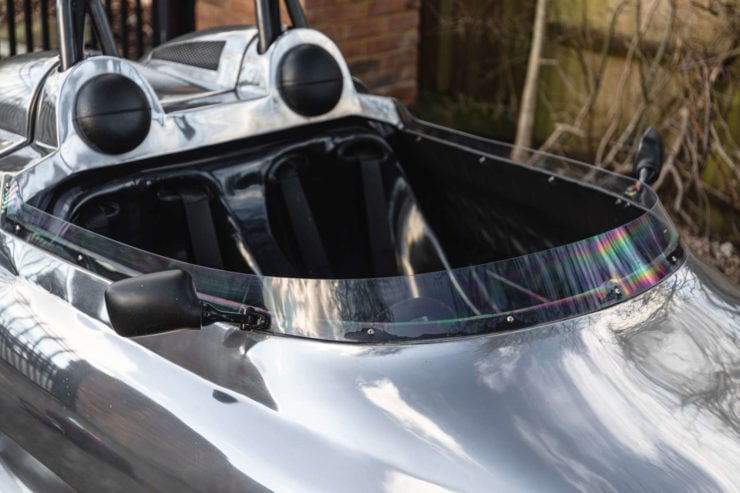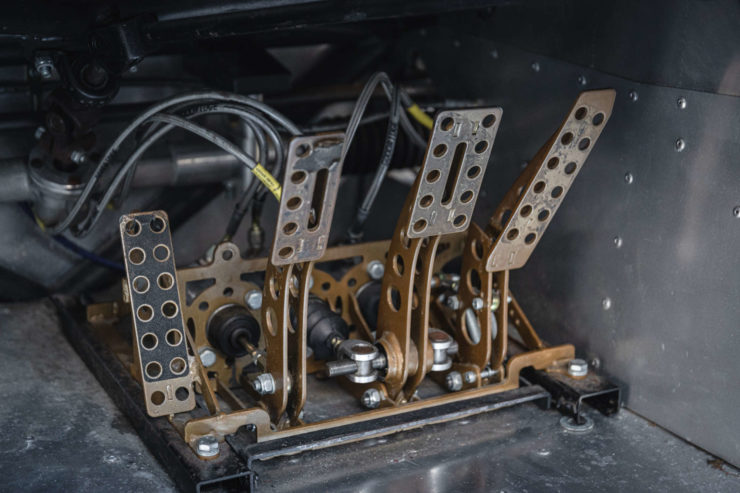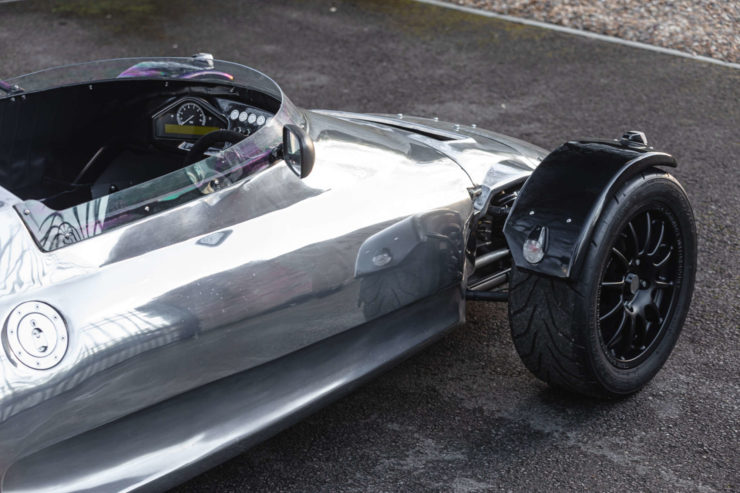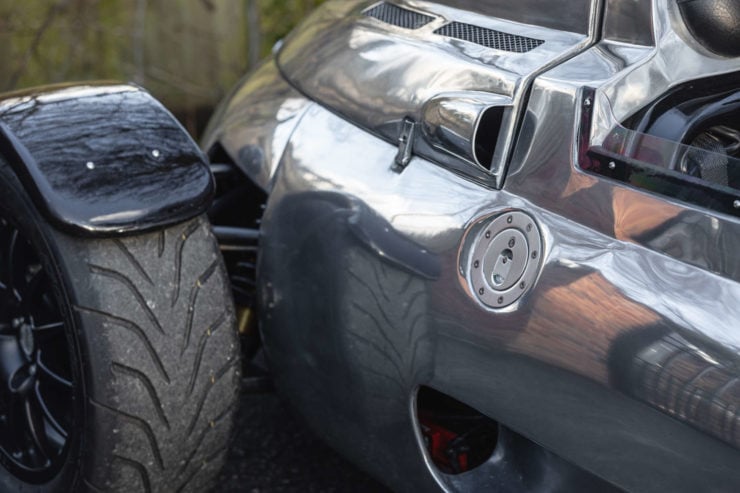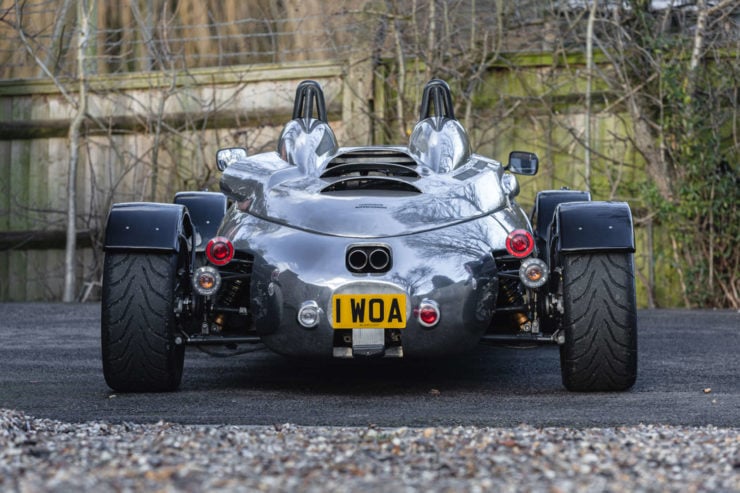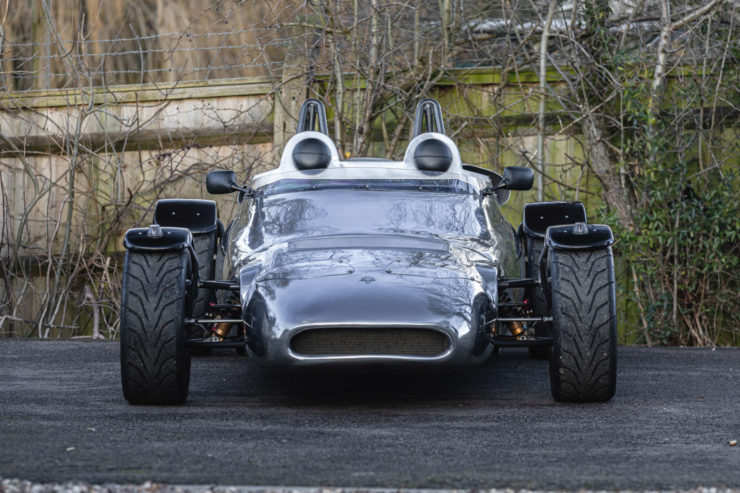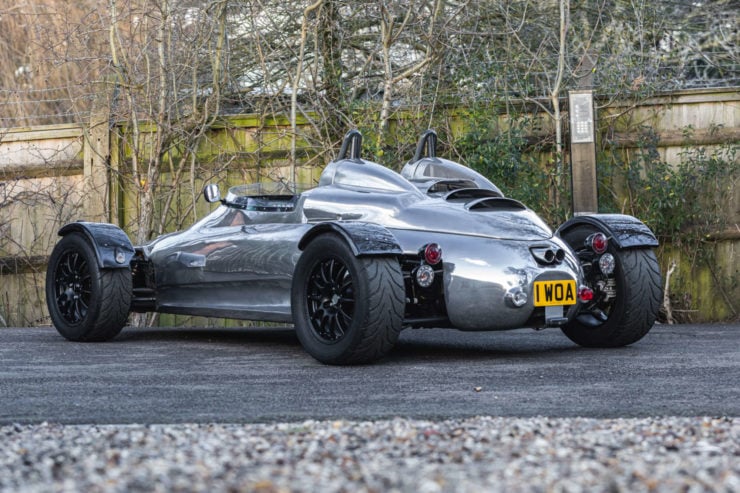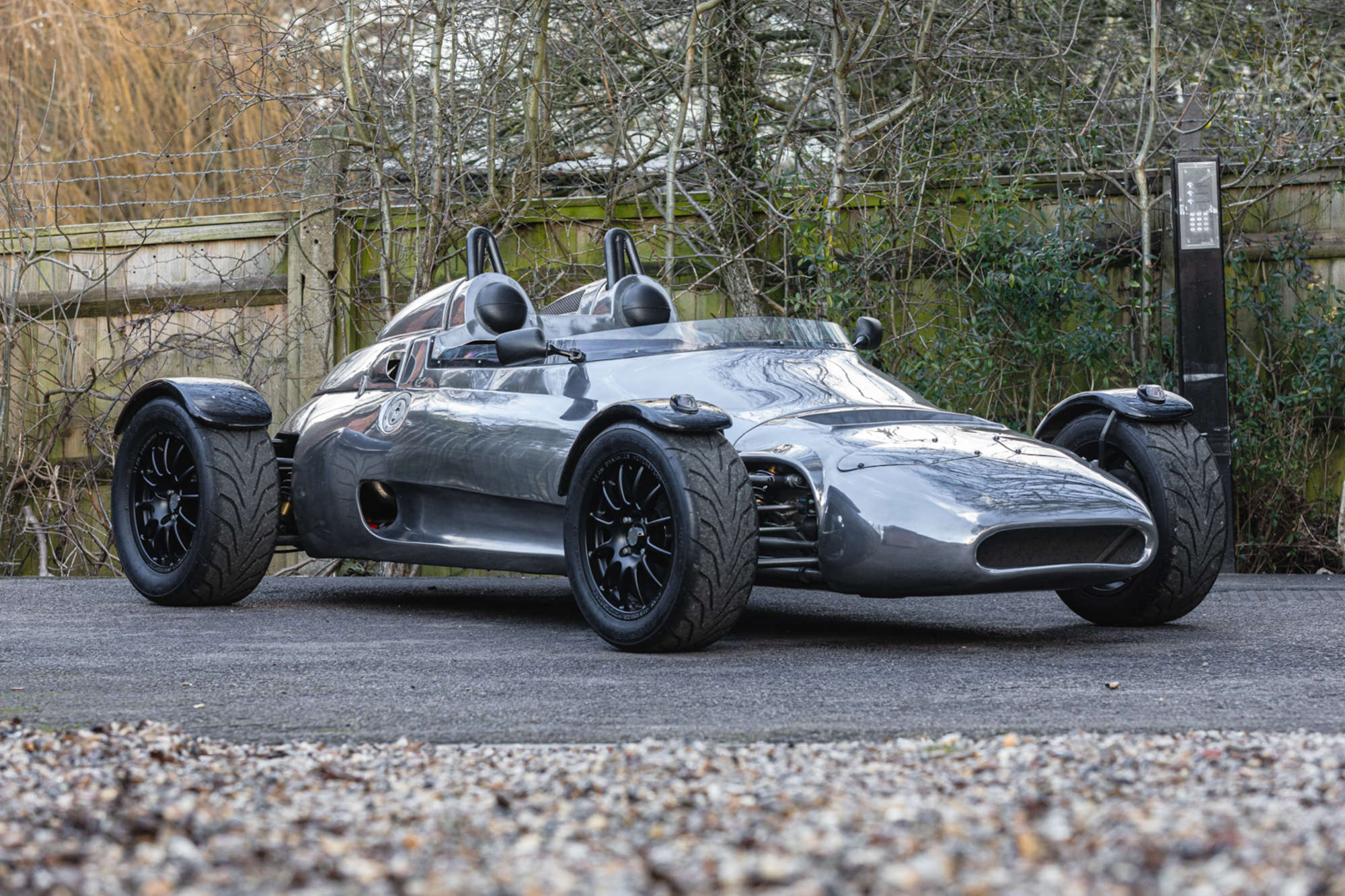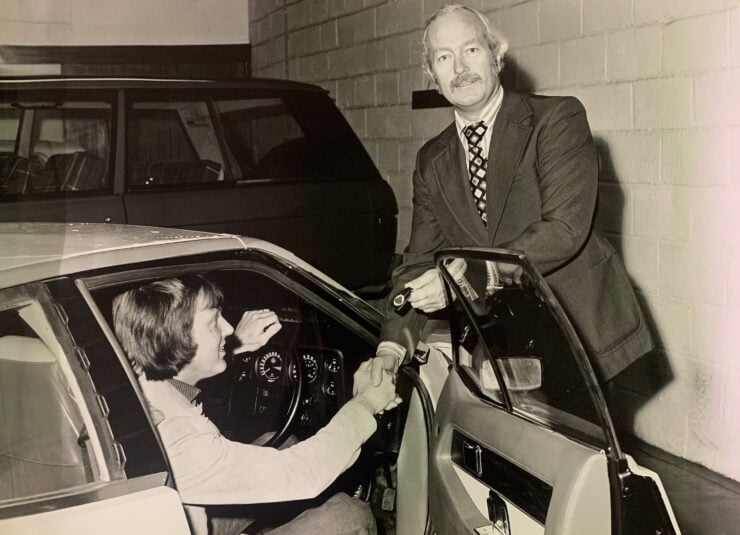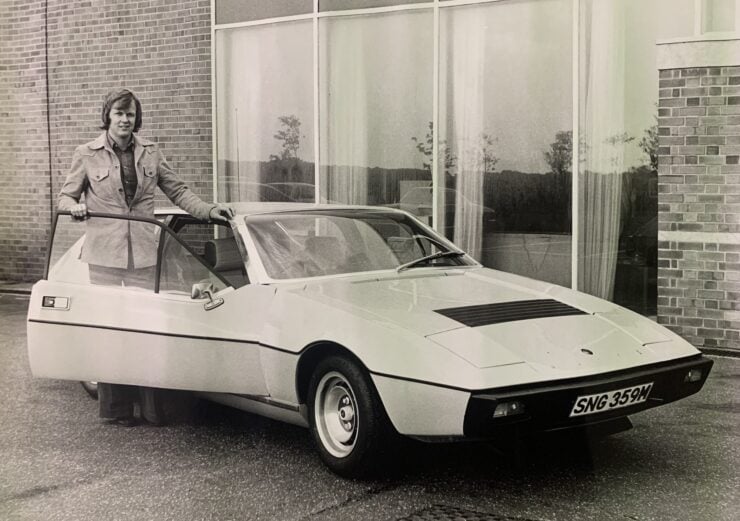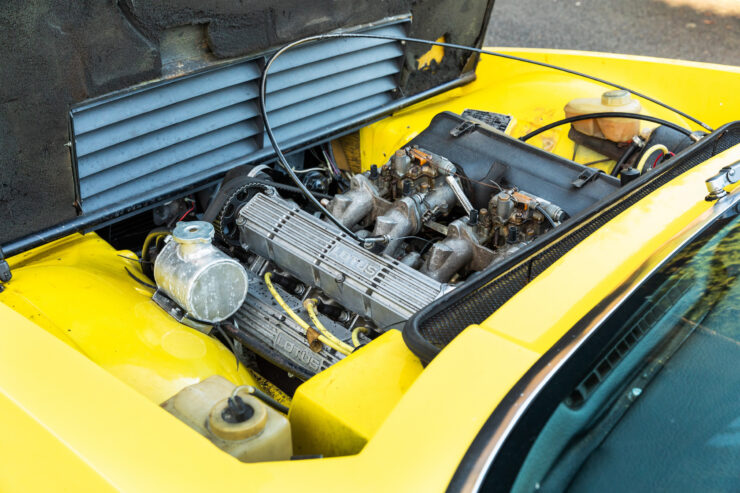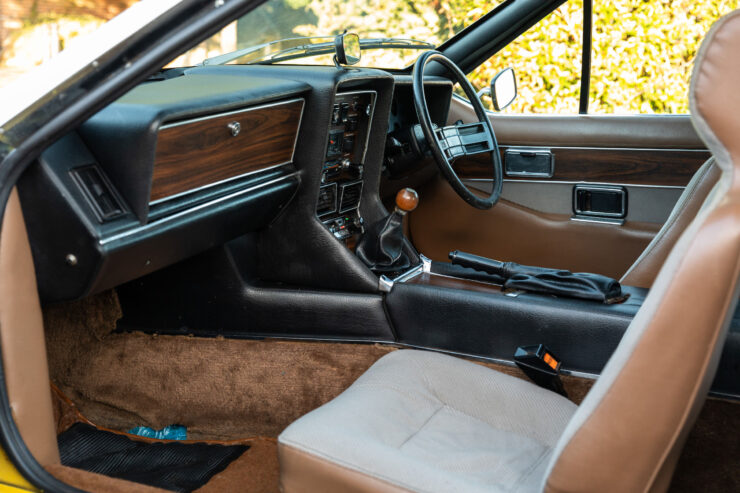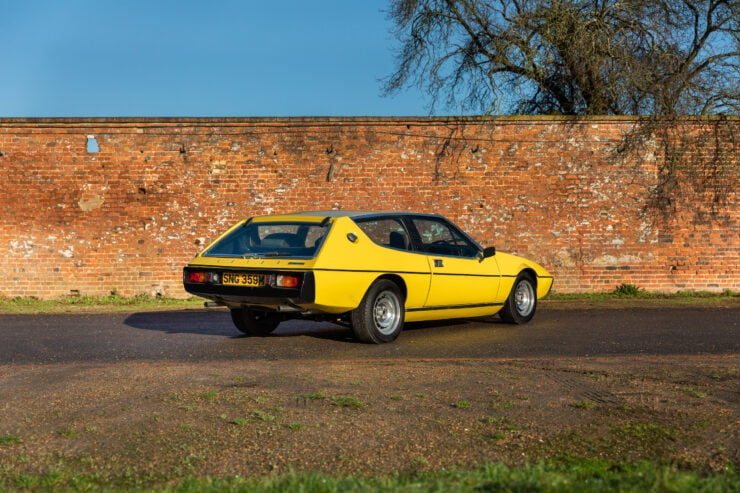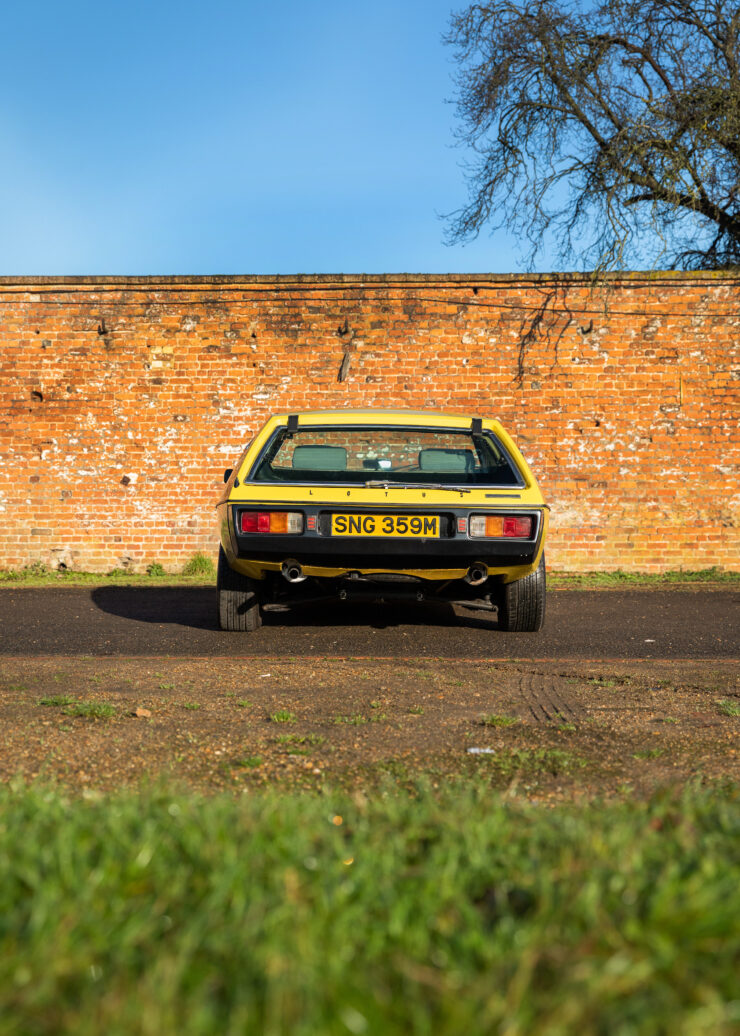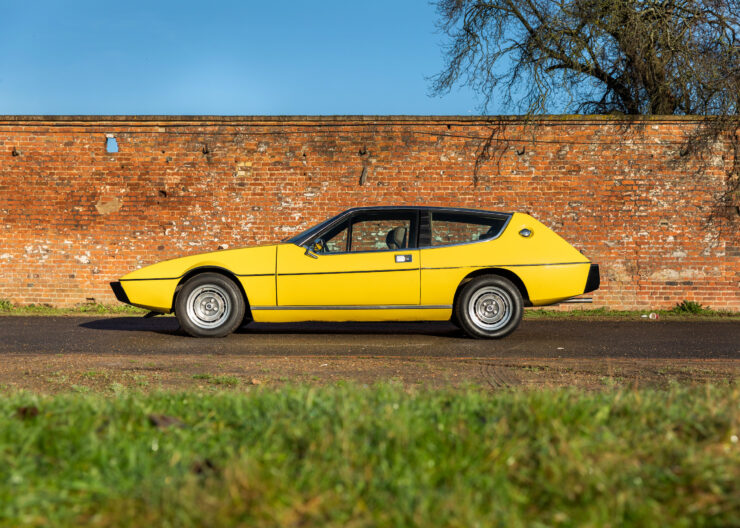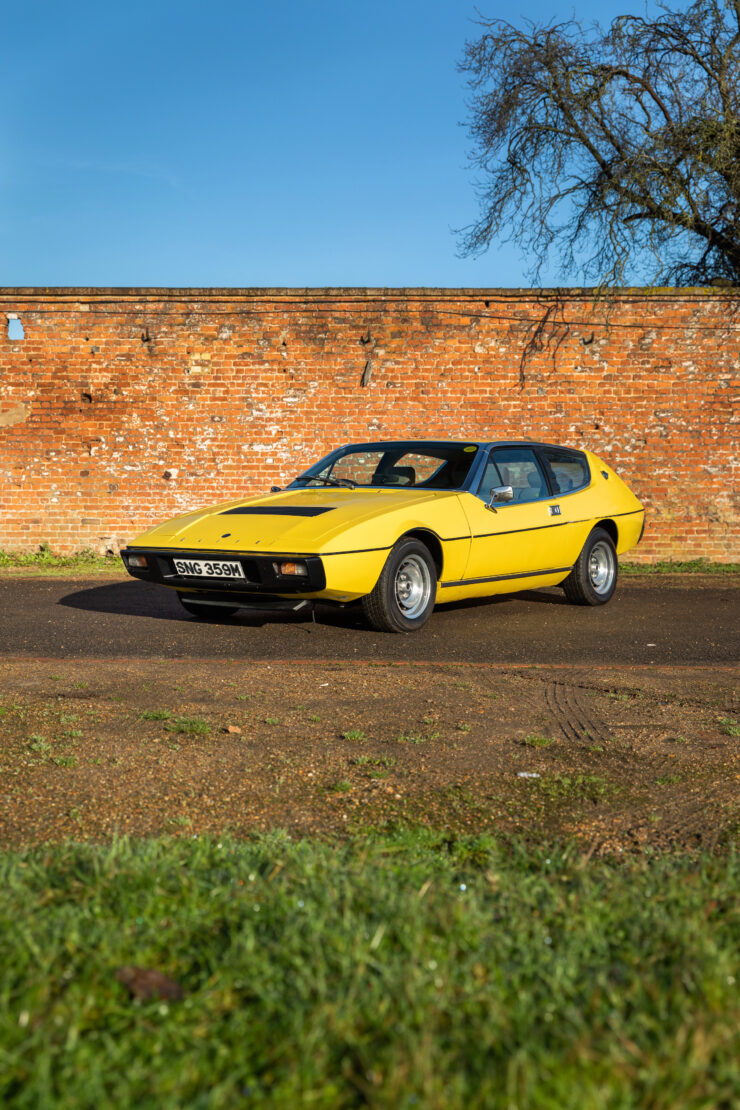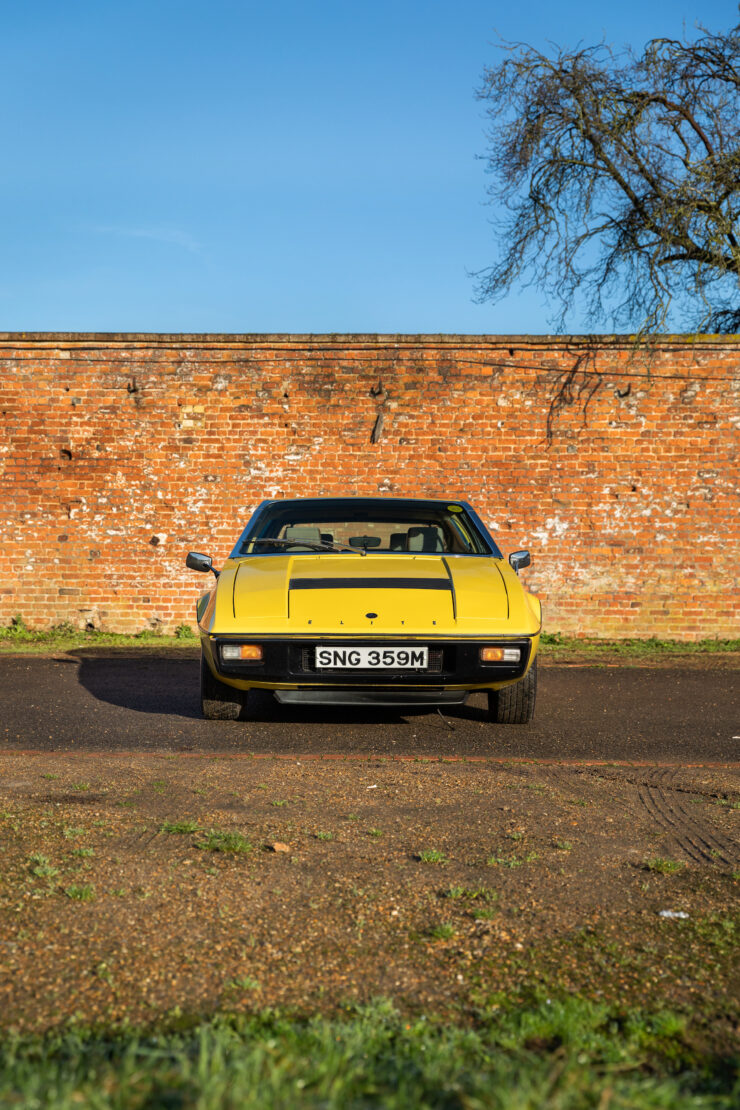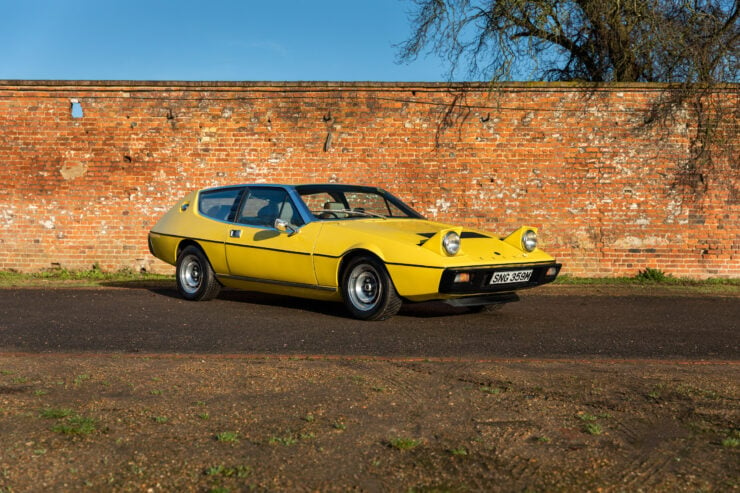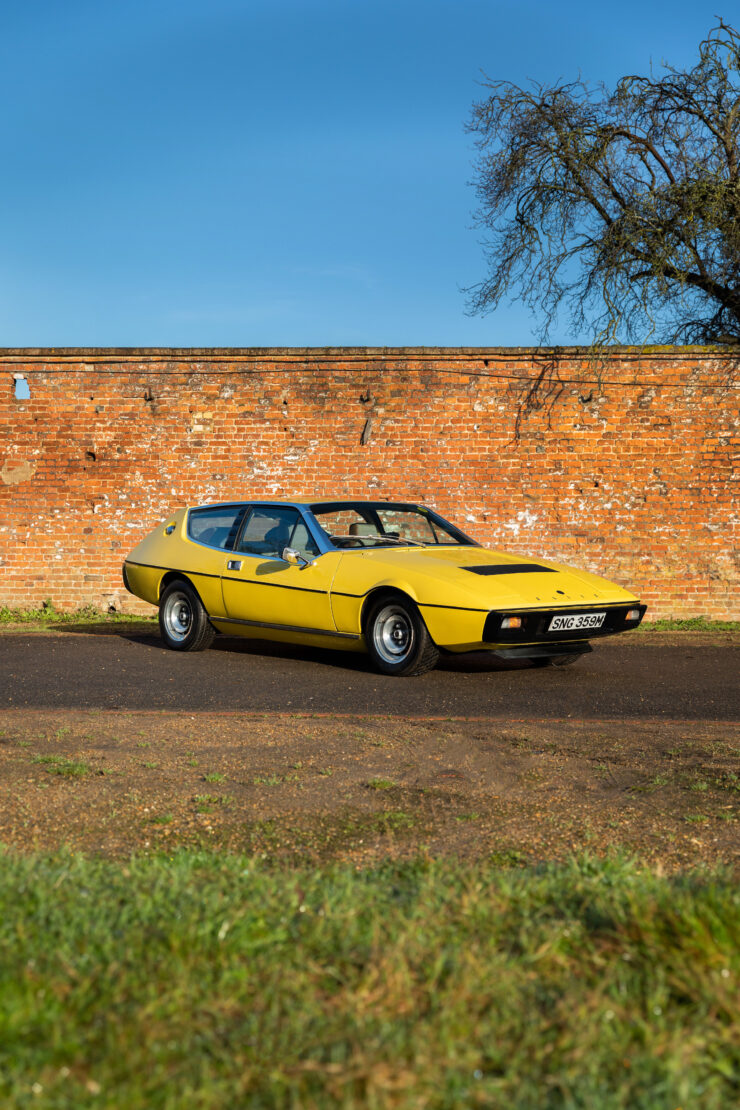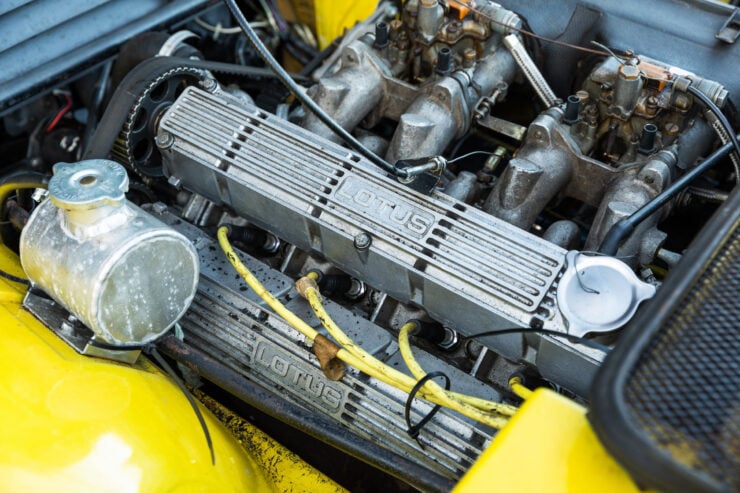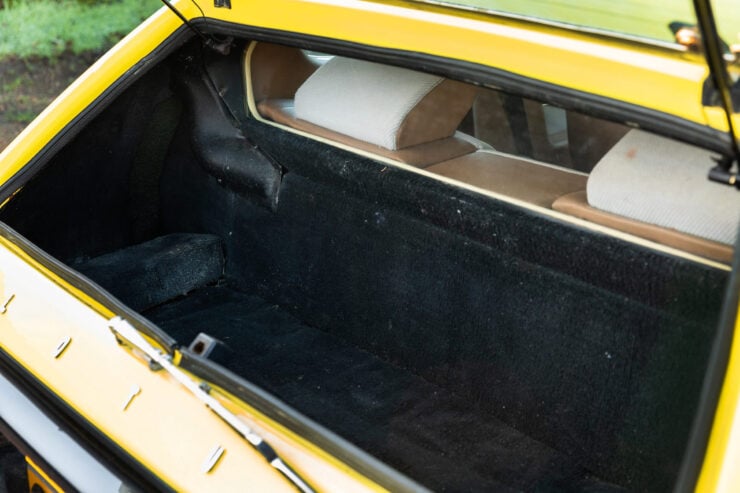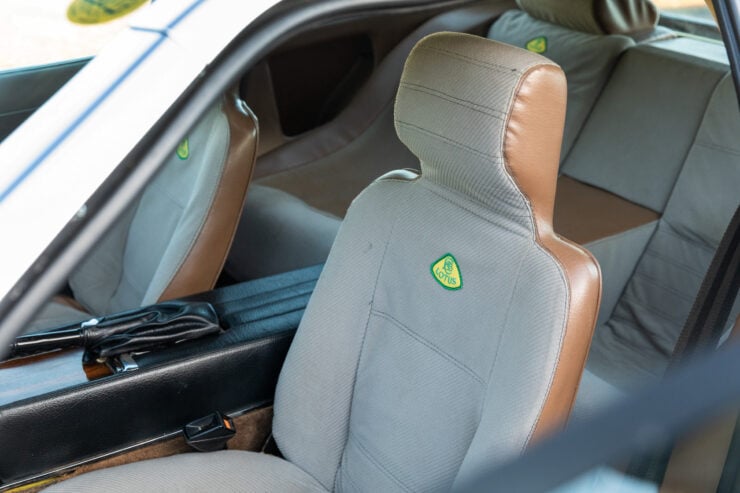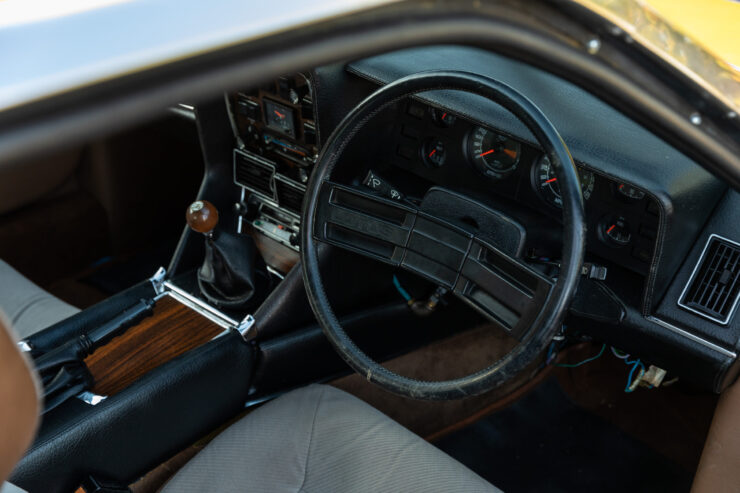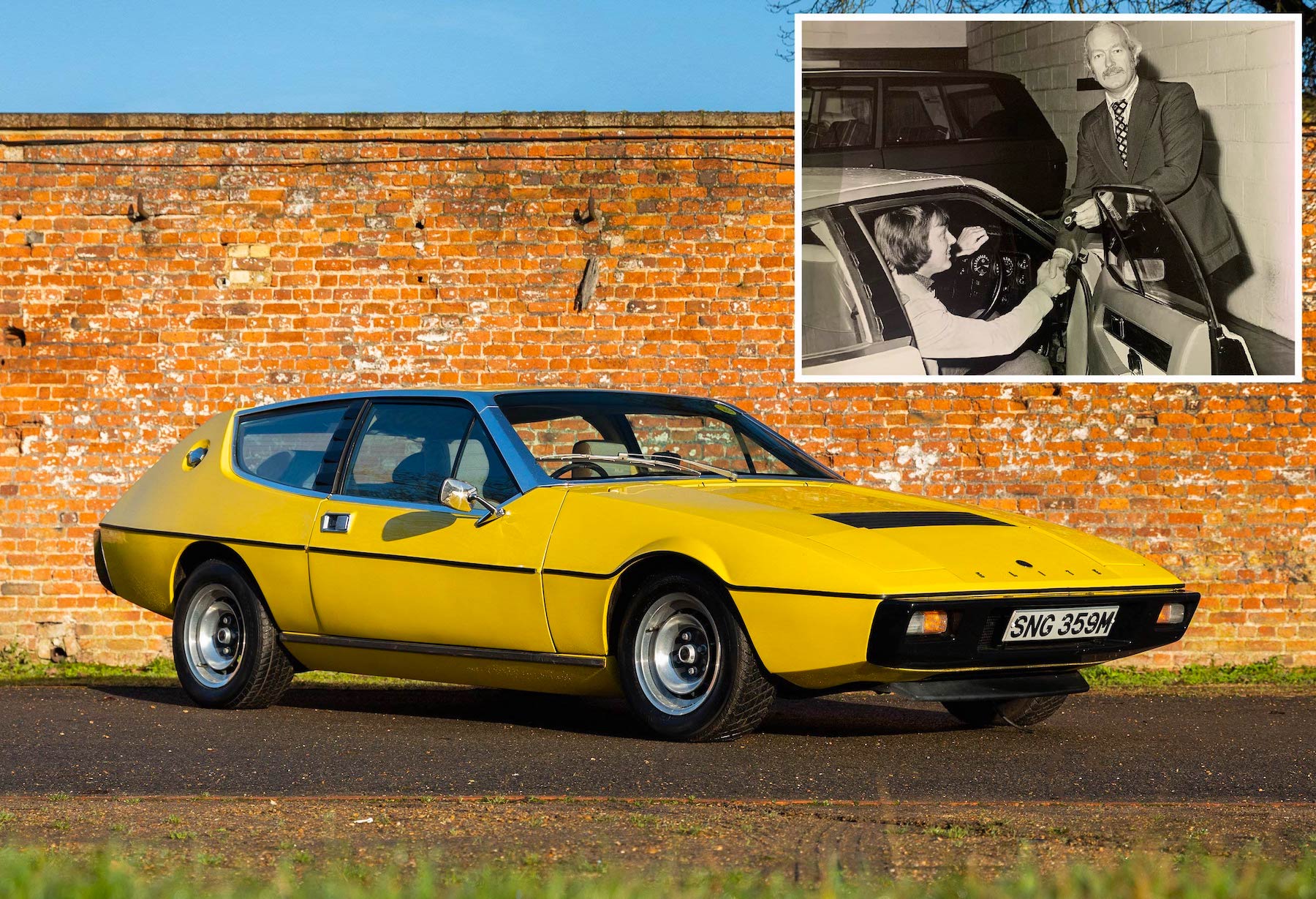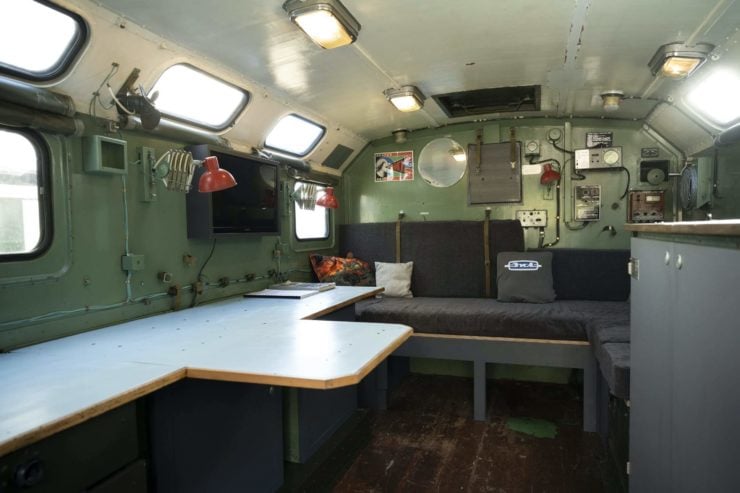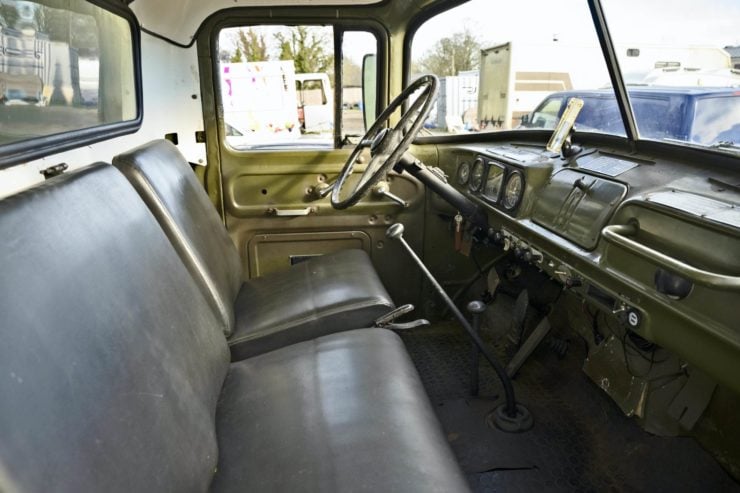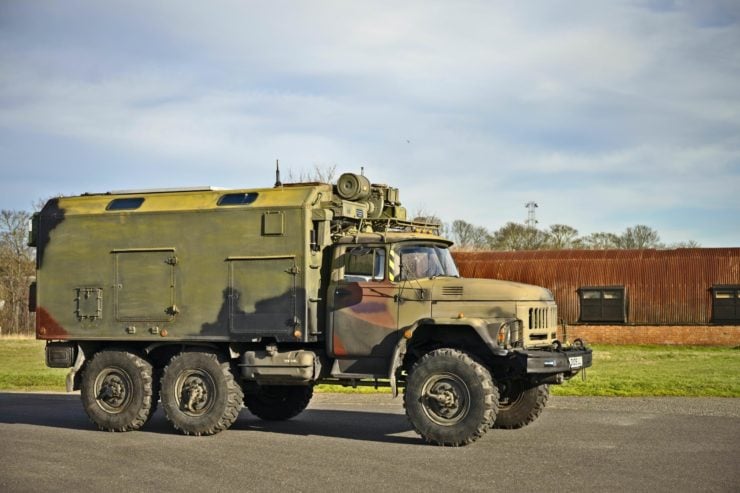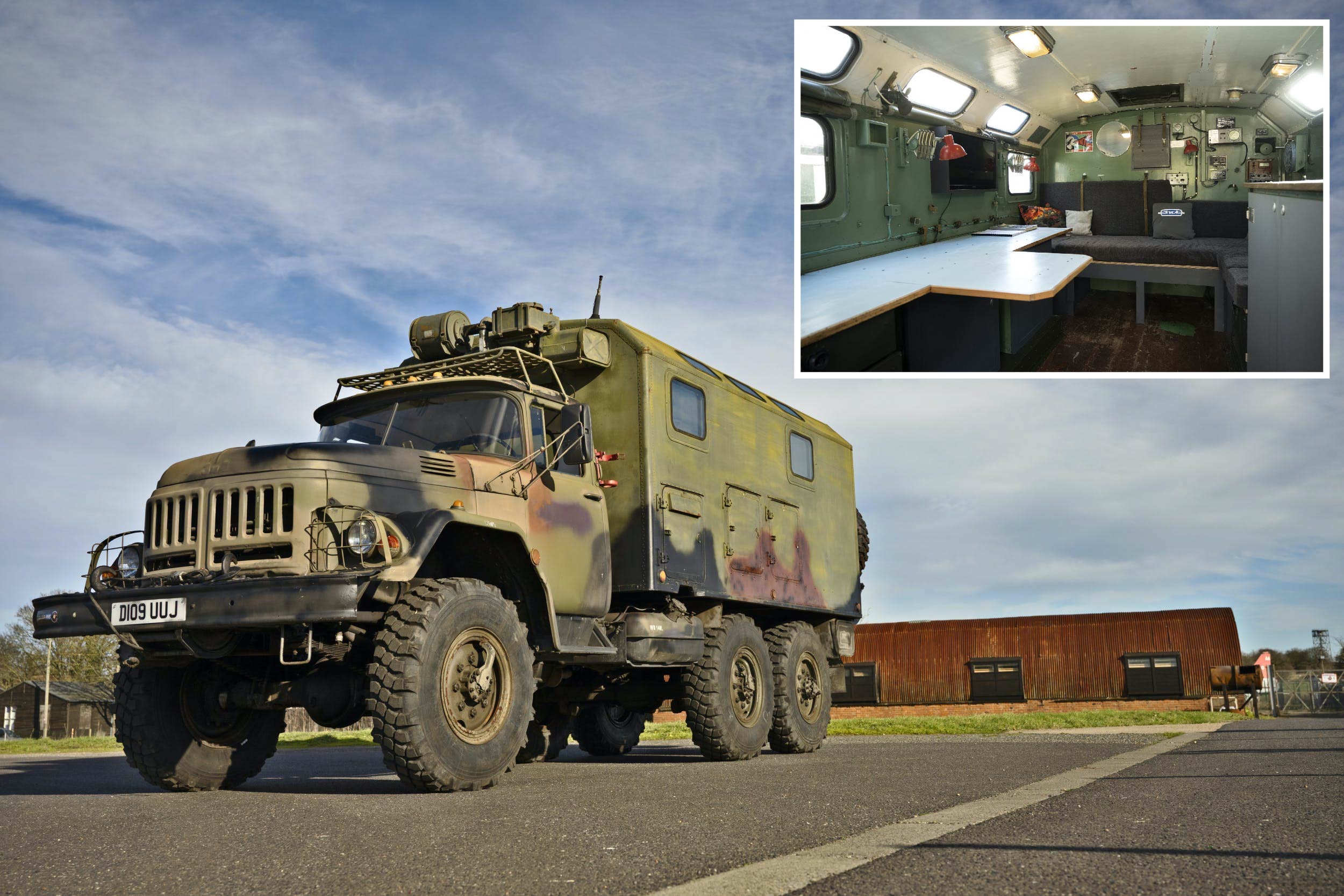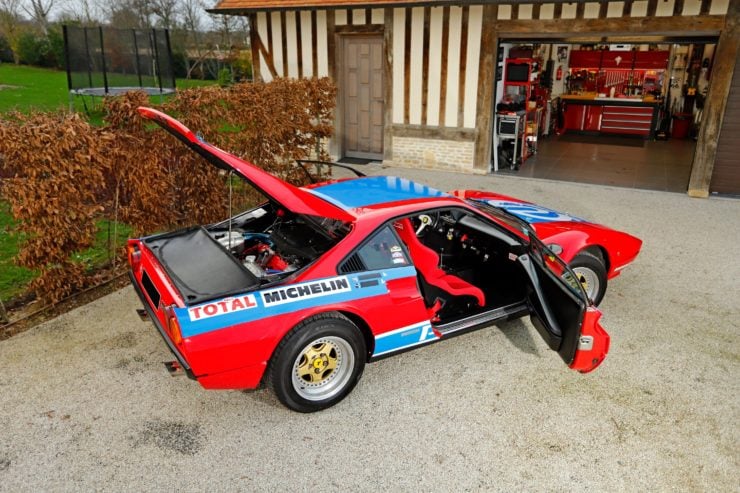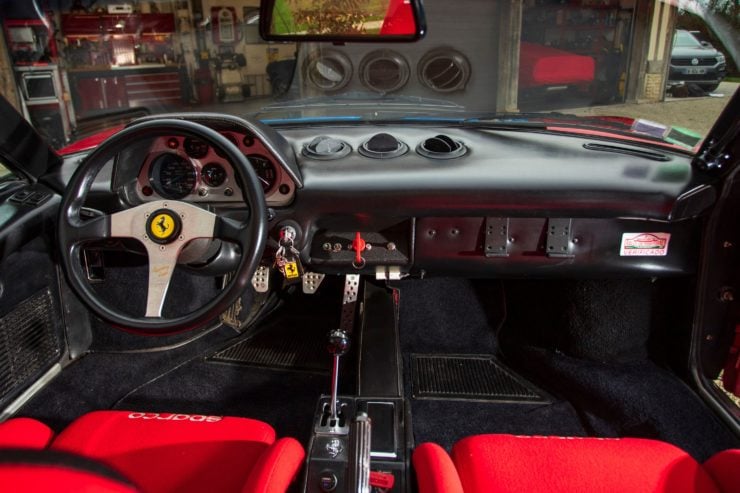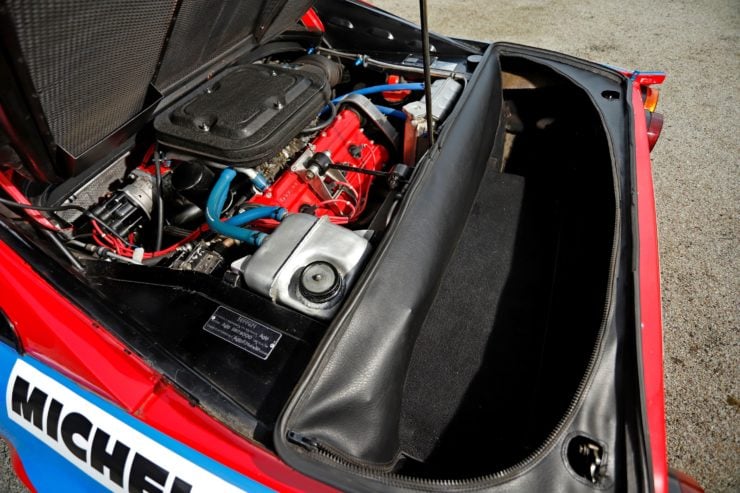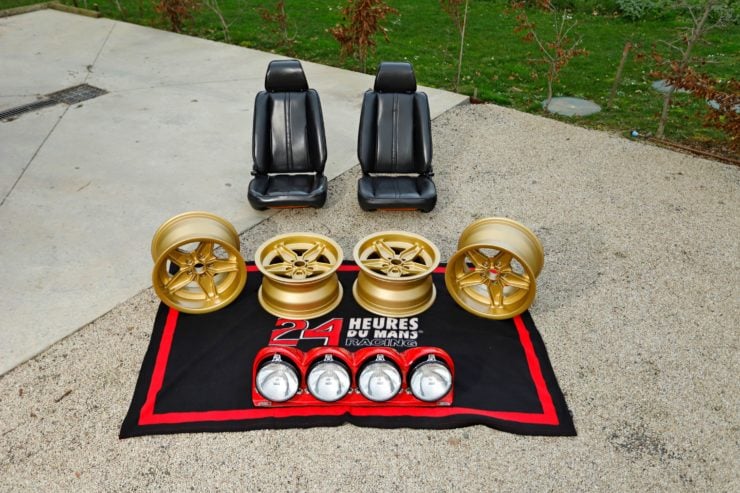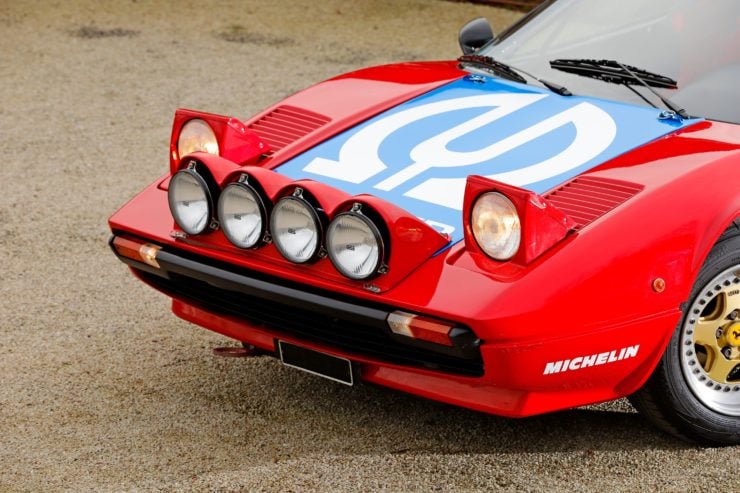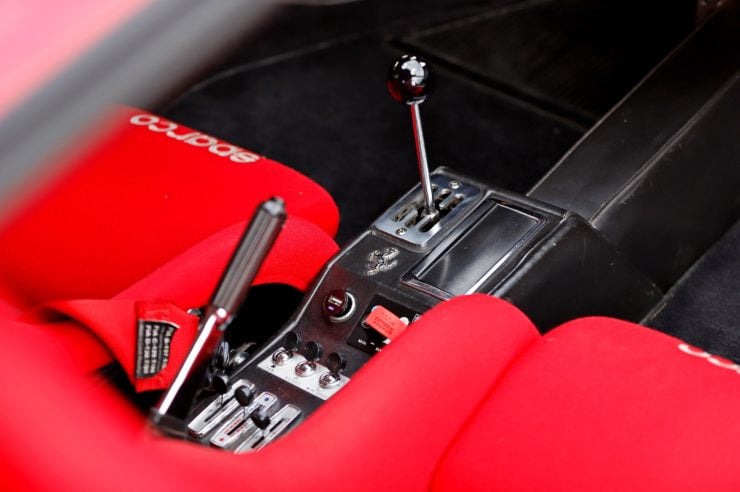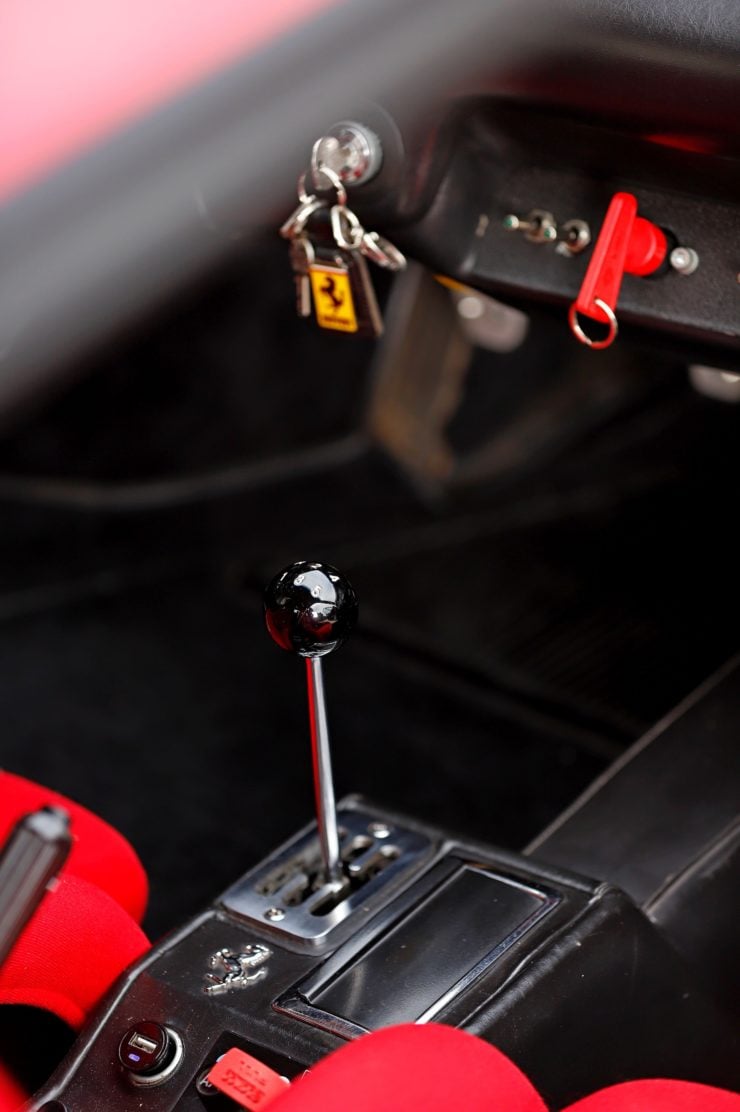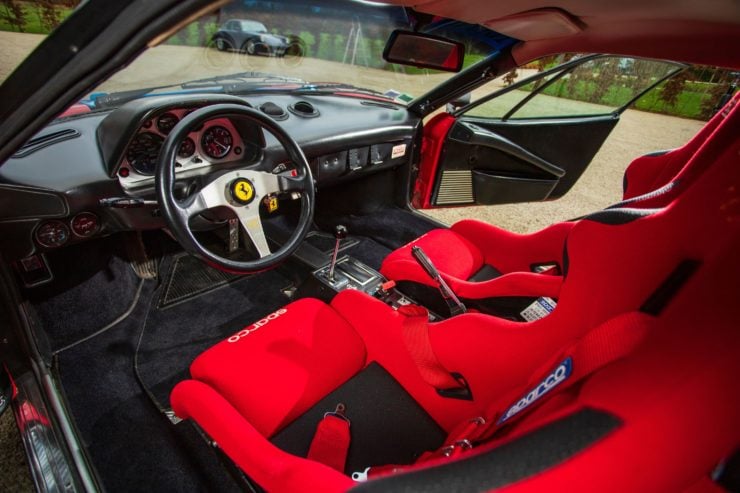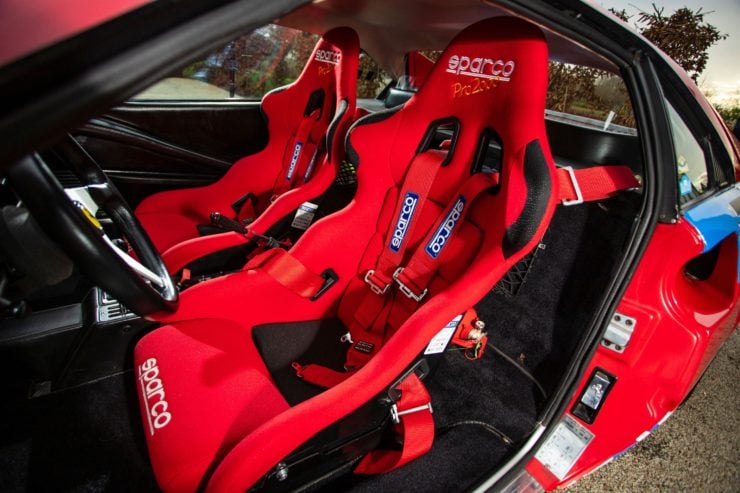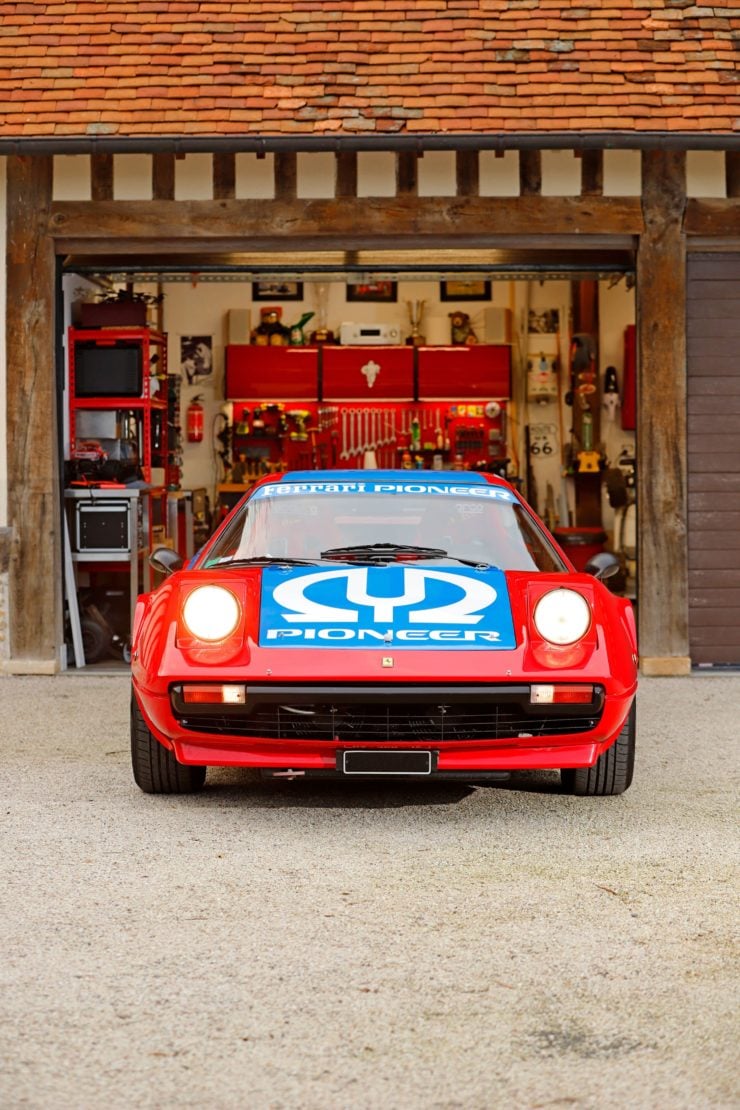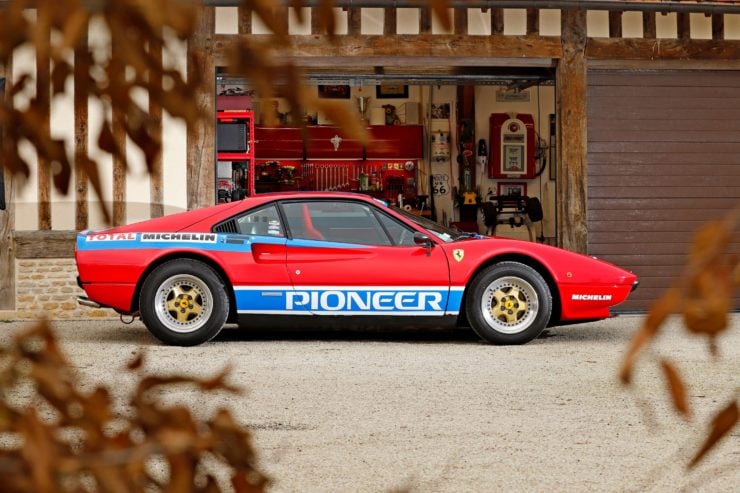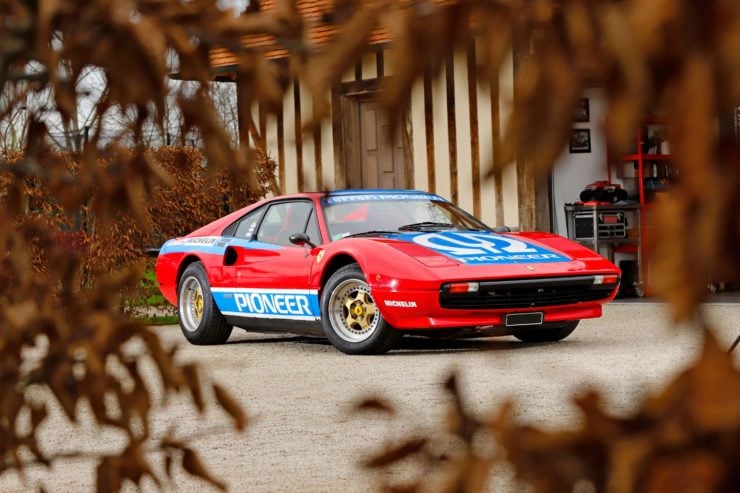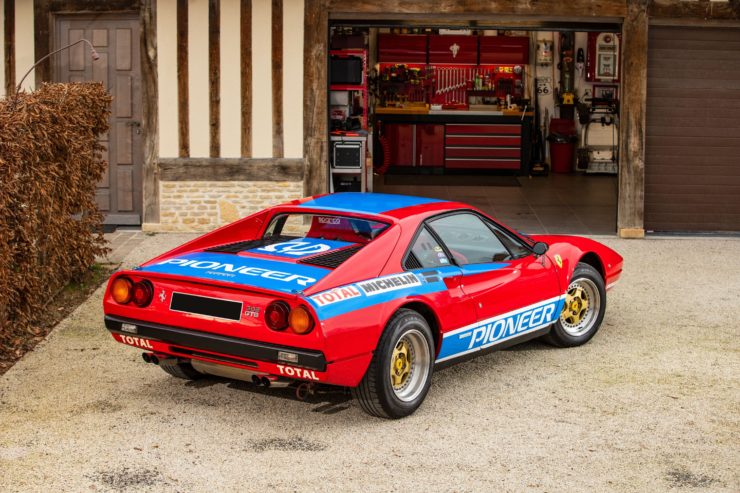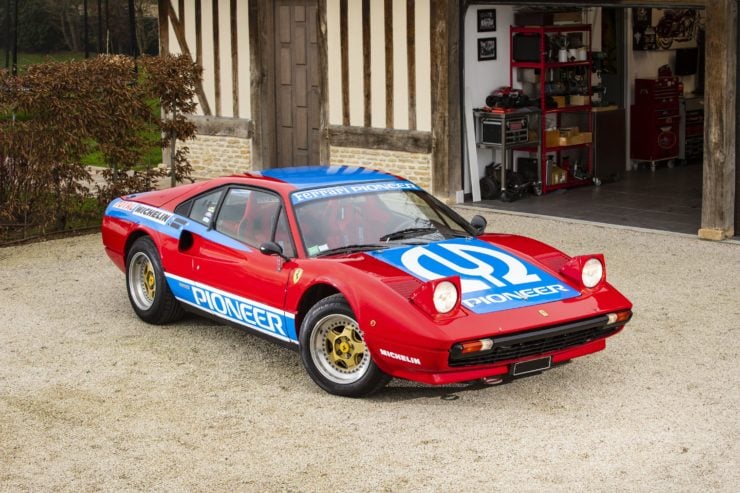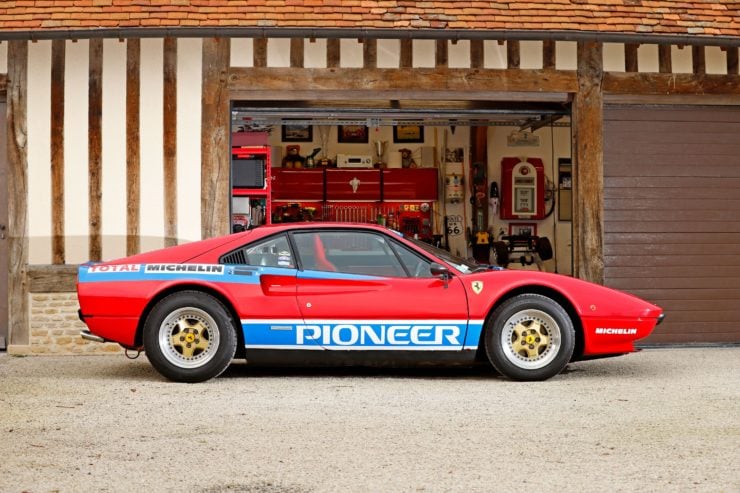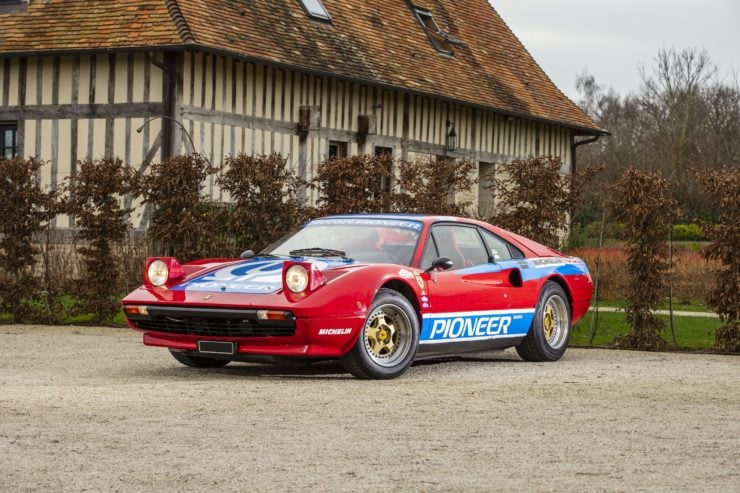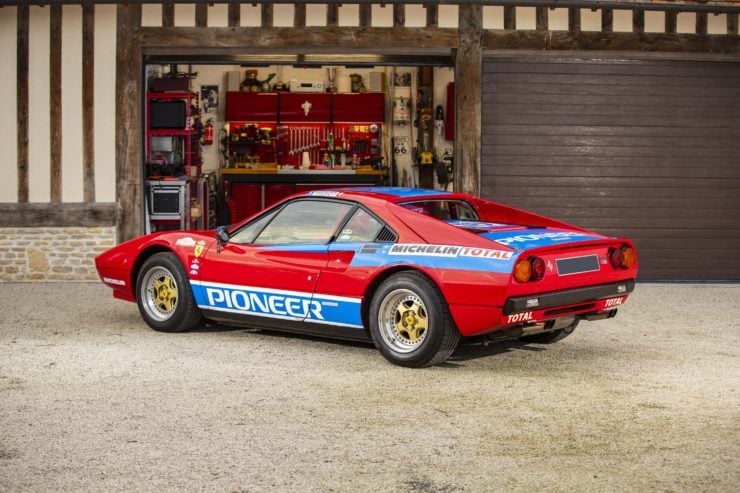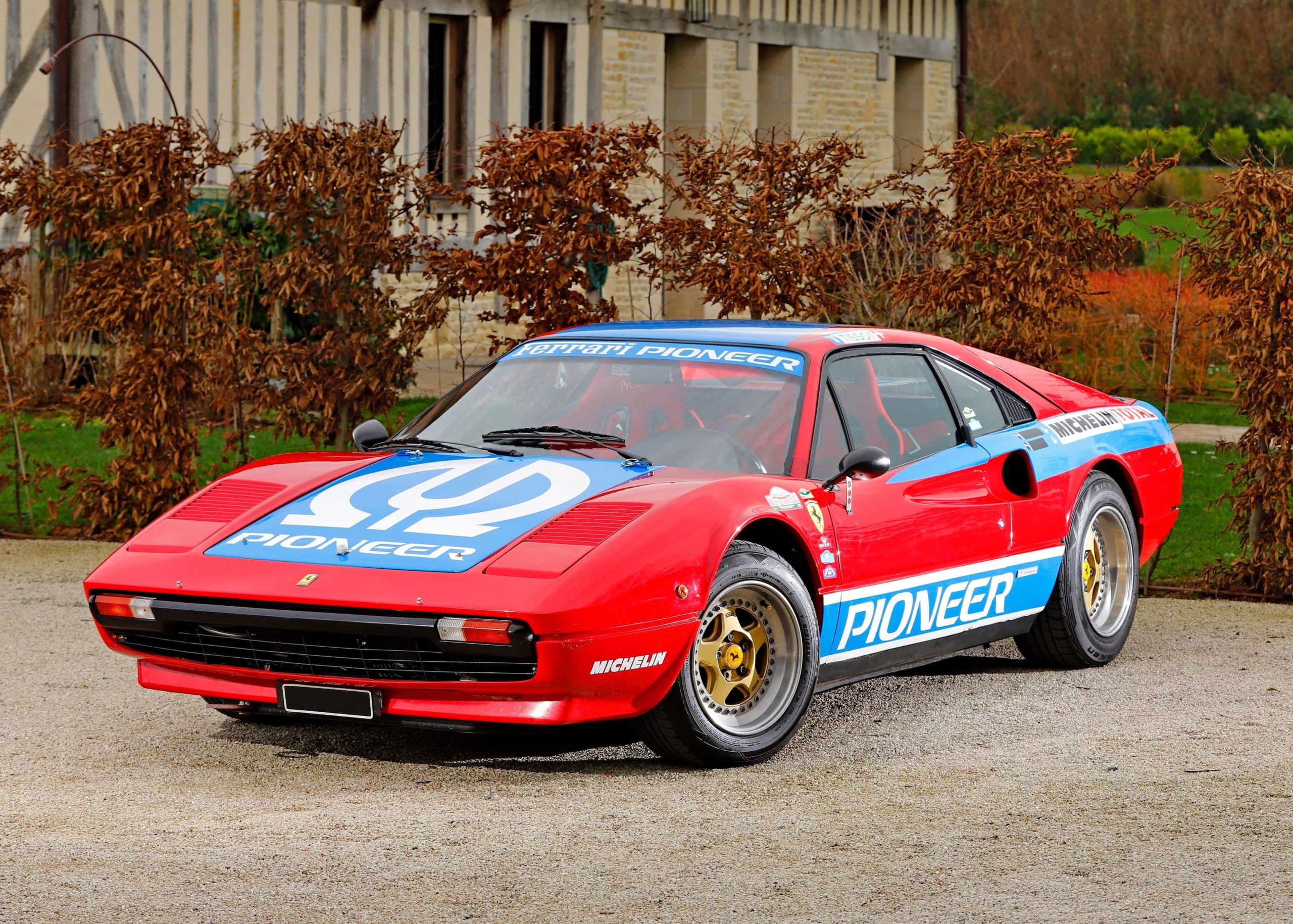The TVR Grantura is a member of an increasingly rare subset within the classic car world – vehicles with impeccable period competition history that are still affordable enough to be bought by the average Joe. Or Josephine for that matter.
Over the decades TVR has developed a global reputation for building “proper” sports cars designed to go as fast as possible without the excess weight and complexity of things like ABS, traction control, or airbags. TVRs are purely analogue machines – if you crash one, it’s your own fault.
Fast Facts – The TVR Grantura
- The TVR Grantura was the first production car ever built by the Blackpool-based company. The first Grantura appeared in 1958 and the model was sold until 1967, spread across five generations from Mark I to Mark IV, and including the 1800S.
- The origin story of the name “TVR” is perhaps the single best-loved piece of automotive trivia in all of British history. The company was simply named by its founder – a man named Trevor. He took three letters out of his name and ran with it, creating an enduring sports car brand with a fiercely loyal fanbase.
- As TVR’s first production car, the Grantura set the standard for the many TVRs that would follow. The car has a lightweight fiberglass body, a tubular steel backbone chassis, and an engine and many other parts sourced from major automakers to help save costs.
- The car you see here is the Mark II version of the TVR Grantura, it’s powered by a 1600cc MGA engine fitted with a few go faster bits, power is sent to the rear wheels via a 4-speed manual transmission and a BMC rear axle.
Trevor + TVR
In the 1950s the western world was awash with low-volume car makers using fiberglass bodies, some variation of a tubular steel chassis, and bought-in engines, gearboxes, suspension, and brakes.
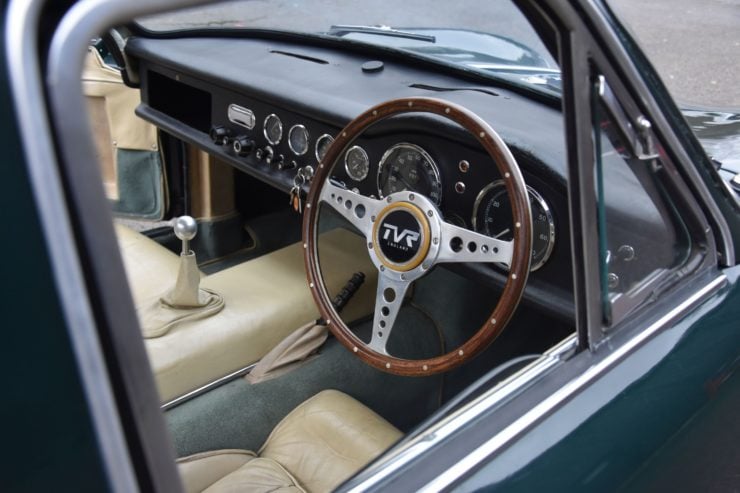
Though the car itself has been restored the interior has been kept largely original, so as not to remove decades of patina.
Very few of these automakers would survive for more than a few years, though many legends were born during this automotive primordial soup era – companies like Lotus, Marcos, and TVR.
TVR had started out in 1946 in Blackpool, England. The company was founded by Trevor Wilkinson, he initially called it Trevcar Motors however it was soon changed to the name it still carries today – TVR.
The early years were defined by Wilkinson working largely alone, repairing cars and doing other automotive work, but this all changed in 1949 when he developed and built his own chassis alongside his company’s first employee – Jack Pickard.
Early successes encouraged the two men, and they developed a series of one-off road cars and racing cars. By 1958 they were ready of the big league – they developed the TVR Grantura as their first production automobile and put it on sale.
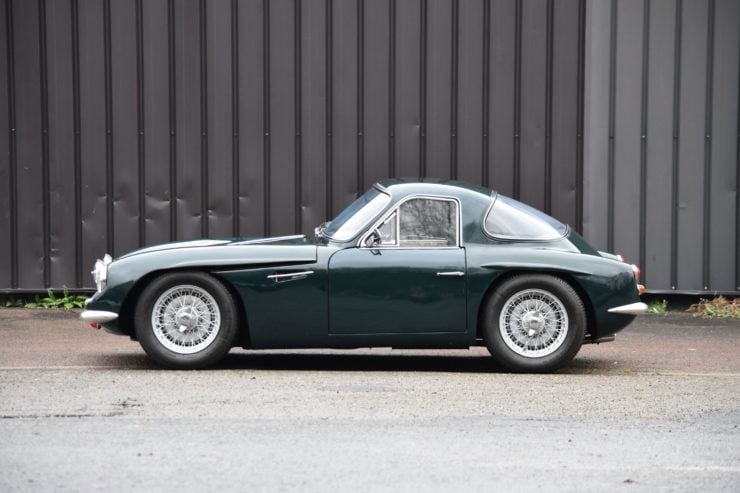
Weighing in at just 650 kilograms or 1,433 lbs, the TVR Grantura is both lightweight and aerodynamic – making it a formidable race car in its displacement class.
The TVR Grantura
The TVR Grantura was developed using the many lessons that had been learned in the early years of the company. The Grantura was intended to be a road-legal sports car that would double as a highly effective racing car – with a few modifications here and there.
All generations of the Grantura had a tubular steel backbone chassis – this would be a design feature used by TVR in one way or another for decades and it’s a concept that works exceedingly well.
This chassis was clothed in a fiberglass body that was quick to make and very lightweight, and many other parts including the drivetrain, brakes, and suspension were sourced from other mass-produce British cars.
The Mark I Grantura was a relatively simple affair, with a choice of engines from 1.1, 1.2, and 1.6 liters. It had drum brakes from the Austin-Healey 100 and VW Beetle-based front and rear suspension.
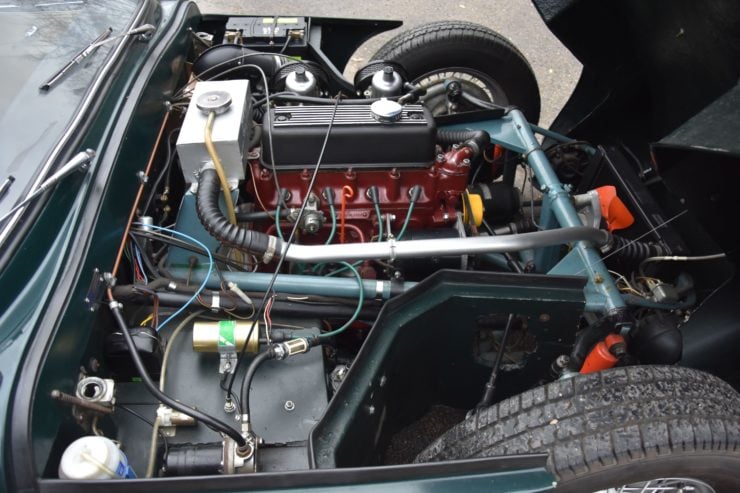
This is the BMC 1,588cc inline four that was also used in the MGA. This engine has been rebuilt by Hurley, and it retains its twin SU carburetors.
The Mark II Grantura was a more refined car and a sign of things to come, it now came with the 1.6 liter MGA engine as standard and it had a longer, stronger chassis as well as independent suspension on all four corners.
The TVR Grantura became a common sight on race tracks around Britain, frequently winning and/or landing in the podium places. The cars were also raced on the Continent and across the Atlantic in North America against other cars in their engine class – like the Porsche 356, the MGA, various Triumphs and Lotuses, and more exotic cars like the Alfa Romeo Giulia TZ.
Thanks to the low weight of the Mark II, just 650 kilograms or 1,433 lbs, the car would frequently beat production cars (like the MGA) that its engine was sourced from.
The Grantura would continue to be modified and refined over the course of its production run, right up until it was replaced by the somewhat similar TVR Vixen in 1967.
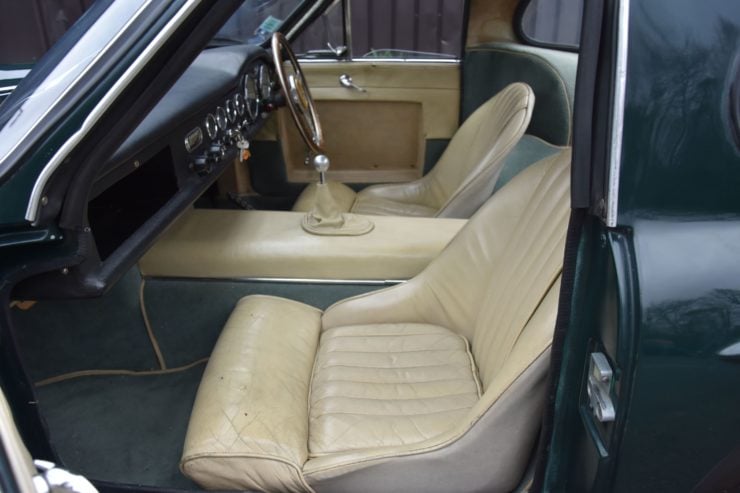
The original seats, central tunnel upholstery, door cards, and roof lining have all been kept in place, giving the car the look and feel of a proper ’60s racer.
The TVR Grantura Mark II Shown Here
The car you see here is the slightly more refined Mark II version of the Grantura, with the stronger, longer chassis, the more powerful 1.6 liter MGA engine, and independent suspension all round.
Originally registered new in England in April 1961, this TVR was fitted with the popular 1588cc BMC engine also used in the MGA. It was kept for 28 years by its first owner, it was then sold to a collector who took the car to numerous events and won several prizes with it.
Over four years between 2006 and 2010, the car was fully restored down to the bare chassis, it retained the original upholstery and interior, and a new 5-speed gearbox was fitted – though the original will also be delivered with the car.
Specialists Hurley rebuilt the 1.6 liter engine, including the twin SU carburetors and the rare HRG Engineering rocker cover. The car is now registered in France and it comes with a lengthy history folder, including invoices, photos, letters, technical documentation, period articles and even a period user manual.
If you’d like to read more or register to bid you can click here to visit the listing. It’s due to cross across the auction block on the 18th of March with a price guide of $22,800 – $34,200 USD.
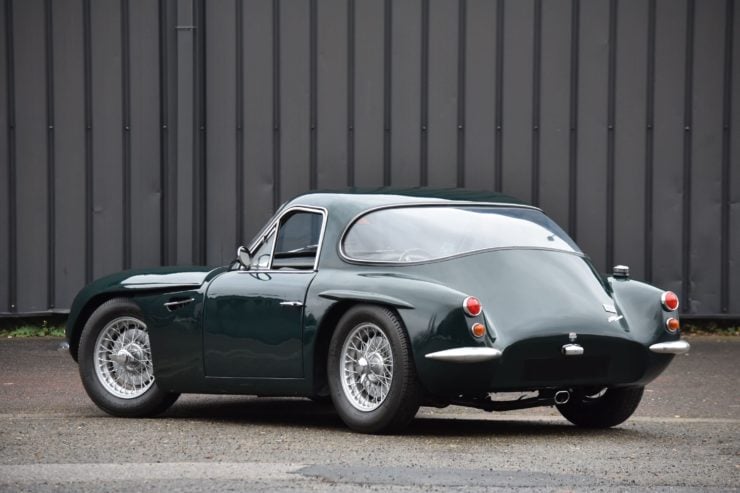
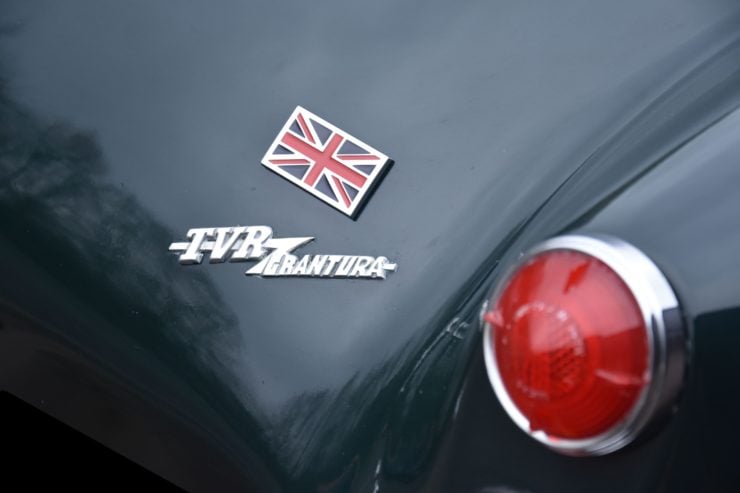
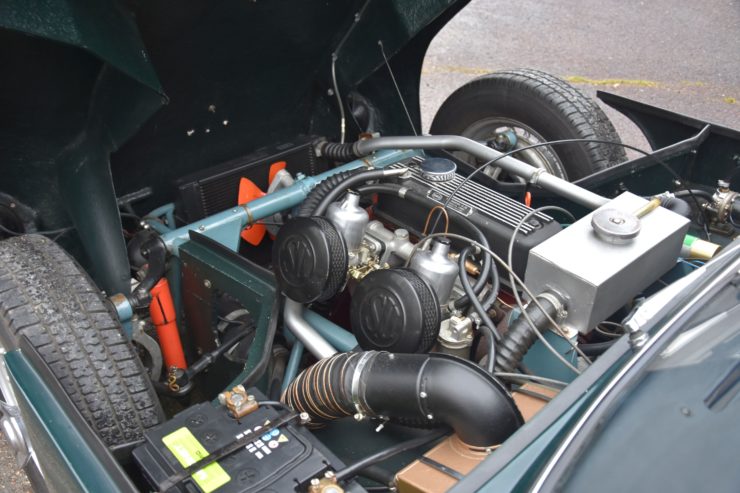
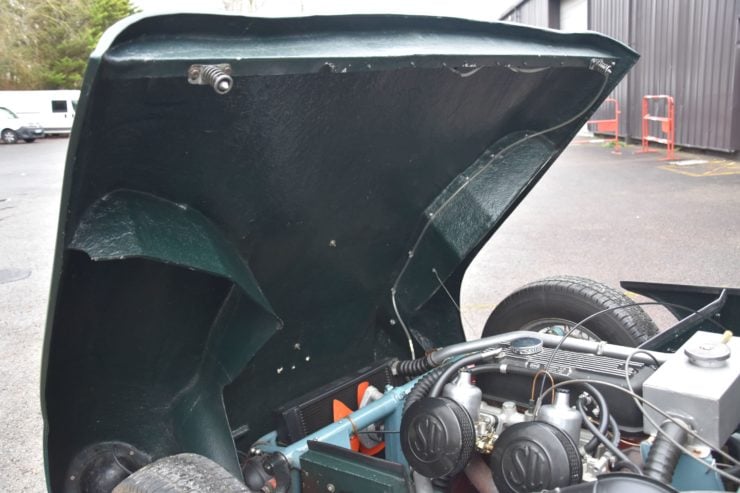
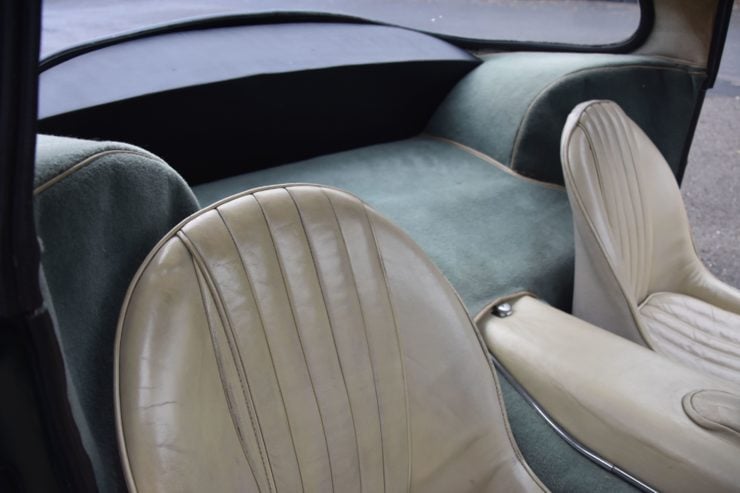
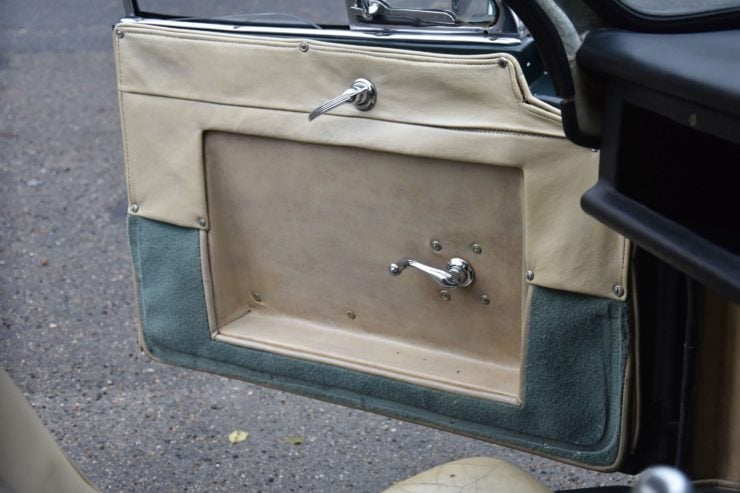
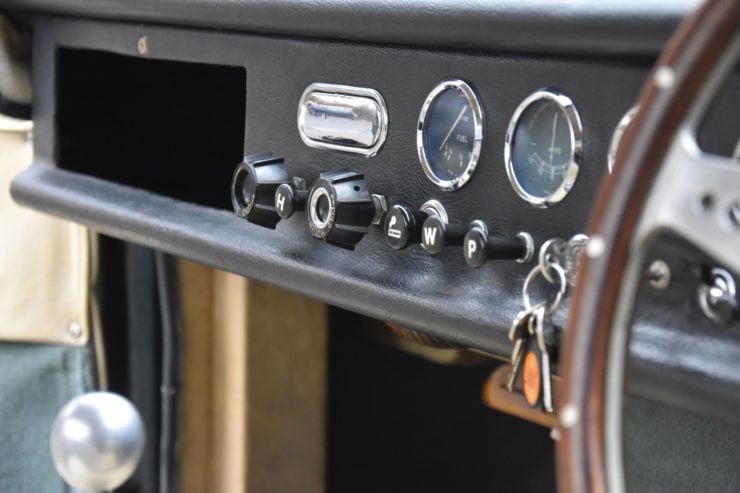
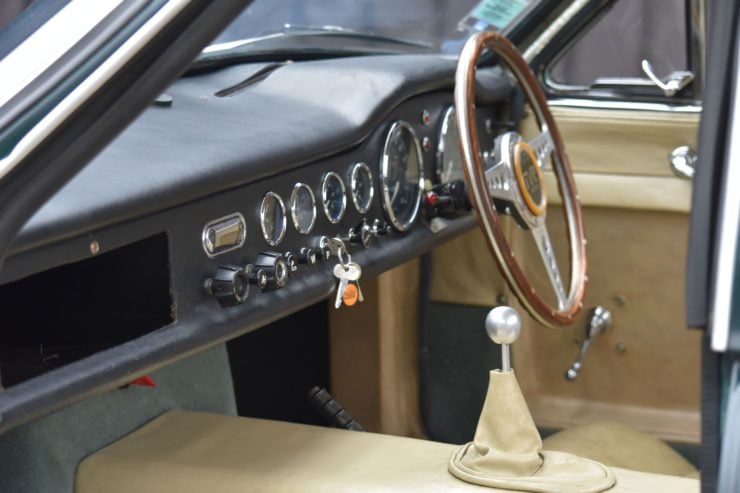
Images courtesy of Artcurial

The post An Affordable Le Mans Classic Racer: The 1960s TVR Grantura appeared first on Silodrome.
from Silodrome https://silodrome.com/tvr-grantura/
via gqrds
